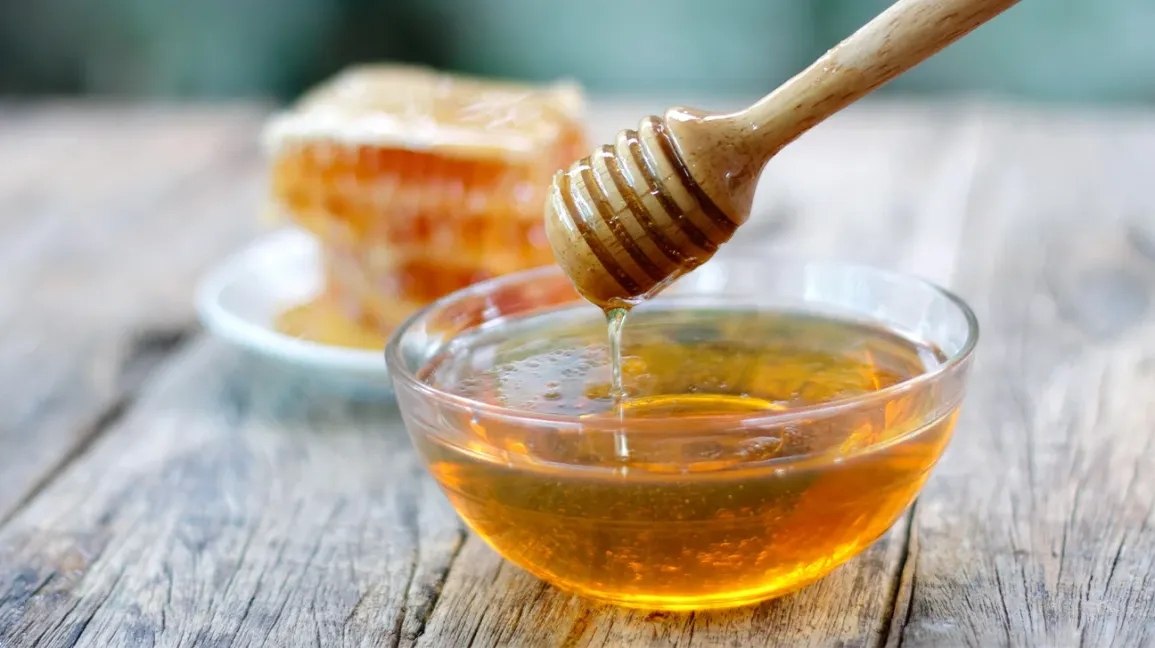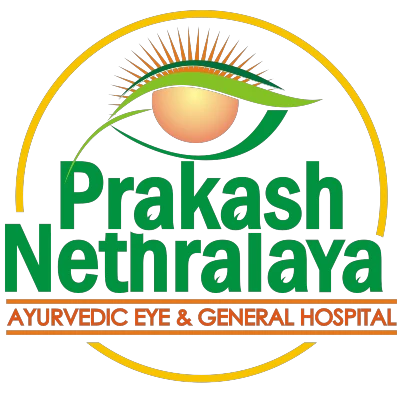Pterygium Treatment in Ayurveda
Clear the redness, vision and uncover the cornea with pterygium treatment in ayurveda and Panchakarma Procedures
Table of Contents
Toggle
Pterygium is derived from the Latin word ‘pterygion’ which means a wing, hence it is a wing-shaped fold of conjunctiva obtruding upon the cornea from either side. It is a growth of fleshy tissue. It can remain small or grow large enough to cover part of the cornea. The growth might spread slowly during your life or stop after a certain point. In extreme cases, it can cover your pupil and cause vision problems. The growth could show up in one eye or both. When it affects both, it’s known as a bilateral pterygium. It is most commonly found in elderly people working in a hot climate.
Types of Pterygium
Depending upon the progression pterygium is divided into two types:
Progressive Pterygium
It is thick, fleshy and vascular with a few infiltrates at the cornea in front of the head of the pterygium called the cap.
Regressive Pterygium
It is thin, atrophic, and attenuated with very little vascularity with no infiltrate in the cornea or cap. Cap is the infiltration of leucocytes and an indication of progression.
Causes of Pterygium
The exact cause of pterygium isn’t known. But here are some
- One explanation is that too much exposure to ultraviolet (UV) light can lead to these growths.
- It occurs more often in people who live in warm climates and spend a lot of time outdoors in sunny or windy environments.
- People whose eyes are exposed to certain elements on a regular basis have a higher risk of developing this condition. These elements include- pollen, sand, smoke, and wind.
- Exposure to excessive amounts of ultra-violet light is thought to be the most significant cause of pterygia, which is more common in people living in sunny areas.
- Having light skin and light eyes may put you at an increased risk of getting a pterygium.
Diagnosis of Pterygium in Ayurveda
Pterygium eye treatment is done after the diagnosis by a professional. The eye doctor may diagnose this condition based on a physical examination using a slit lamp. This lamp allows your doctor to see your eye with the help of magnification and lighting. The doctor also needs to do additional tests, they may include:
Visual Acuity Test
This test involves reading letters on an eye chart.
Corneal Topography
This medical mapping technique is used to measure curvature changes in your cornea.
Photo Documentation
This procedure involves taking pictures to track the growth rate of the pterygium.
Symptoms of Pterygium
Though it isn’t usually a serious condition, it can cause annoying symptoms such as:
- One might feel like you have something in your eye.
- Eyes may get red and irritated and require medical or surgical treatment.
- You might also feel self-conscious because people may ask you about your eye being red all the time.
- Dryness of the eye due to reduced tear production.
- Vision is affected in severe cases.
- It can also result in blurred vision.
- It might feel like you have something stuck in the eye. It may become red thereafter.
- Another major symptom is a growth of pink, fleshy tissue on the conjunctiva, the clear tissue that lines your eyelids and covers your eyeball.
- A lesion can develop that can distort the corneal surface.
Treatment of Pterygium in Ayurveda
For pterygium eye treatment in Ayurveda, one has to reach out for the cause of pterygium according to the Ayurveda. In Ayurveda, it is described as ‘Arma’ described according to dosha dominance. It is a widely accepted option as it is one of the best pterygium treatments without surgery. The approximate time duration for pterygium treatment in Ayurveda is 6 months to 1 yr depending upon the conditions.
Two types of treatment are available in Ayurvedic texts:
Medical Treatment
When Arma is small, white like curd or blue mixed with red colour and thin in consistency, treatment is indicated like with Lekhadha Anjana for scarifying action. Other drugs used in Arma are Harad, Baheda, Amla, Haridra, Daruharidra, Madhuyasti, Ilaichi, Lahshuna, etc.
Another Treatment
Another treatment option is a surgical procedure. It is done when Arma is fleshy, thick and surrounded by tendon and muscle which encroached upon the cornea is indicated for excision.
Various drugs used for relieving pain and congestion – boiled milk with Karanja seed, Amalaki fruit and Madhuka (Honey) added with honey used as Ashchyotana. Madhuka, Utapal kinjala, Durva are made in a paste with milk added with Ghee and applied as cold poultice on the head. It promises pterygium removal naturally and the best relief from its symptoms.
Home Remedies for Pterygium
Pterygium eye treatment can also be done with some home remedies. But these are only to be used in mild cases and after doctor’s consultation.
- Keep a cotton swab soaked in rose water over the eyes for 10 – 15 minutes a day, it can relieve symptoms like strain and pain in the eyes.
- Pure honey 1 drop in both eyes in the morning is a good pterygium eye treatment.
- Put rosewater inside the eyes for the redness to curb the excess heat.

Preventions/Lifestyle for Pterygium
Along with the pterygium treatment in Ayurveda, the natural treatment can be done with the help of some preventive measures and changes in the lifestyle such as:
- Use sunglasses that block out ultra-violet light (close-fitting, wrap-around).
- Wear sunglasses and a hat with a wide brim when moving outdoors.
- Avoid exposure to various irritants eg: smoke, dust, wind and chemical pollutants
- Use appropriate eye safety measures in work environments.
- Use artificial tears when your eyes are dry.
- Pterygium removal naturally is also possible by avoiding dusty and windy climates.
- Avoid working in high temperatures.
- Pterygium natural treatment is done by doing some lifestyle changes such as a reduction in watching T.V, working on the computer for a longer duration of time.
- Frequently splash cold water in your eyes
The Benefits of Ayurveda for Pterygium treatment at Prakash Nethralaya
Investigates The Root Cause
The Ayurvedic approach to illness looks for the fundamental causes of the disease rather than symptoms. The main causative factor of the disease is removed from the patient's daily routine. Once the diagnosis is confirmed, treatment is decided from the available two directions as per the classics. First one is Shodhan (detoxification) to clean the body with the help of Panchakarma therapies and the another is Shaman (balancing the doshas) by using Ayurveda medicines, diet correction and lifestyle adjustments. Detoxification with Panchakarma improves the efficacy of Ayurveda medicines in chronic and advanced cases.
Medicines Are Safe To Take
Ayurveda medications are not manufactured in a synthetic or chemical form but in their natural state. Because of this, the herbs are gentle on the body, and there is no chance of side effect or adverse reactions, regardless of the length of time the patient takes them. At Prakash Nethralaya, we use the best quality Ayurveda medicines to ensure the safest and fastest recovery. There is in house processing and dispensing of the medicines for our patients. A few medicines are made available from the good manufacturing companies also.
Uses Holistic Strategy
Ayurveda is based on the idea that each person has a distinct personality and body type and, as a result, their treatment. Ayurveda places more emphasis on treating the patient rather than treating the ailment. The physical composition of two different people with the same ailment may need a different therapeutic approach. An Ayurveda expert at Prakash Nethralaya uses this body type analysis and then reaches at a conclusion of diagnosis and the line of treatment. Accordingly our doctors prescribe the diet, lifestyle changes, yoga, Ayurveda medicines, and Panchakarma therapies.
